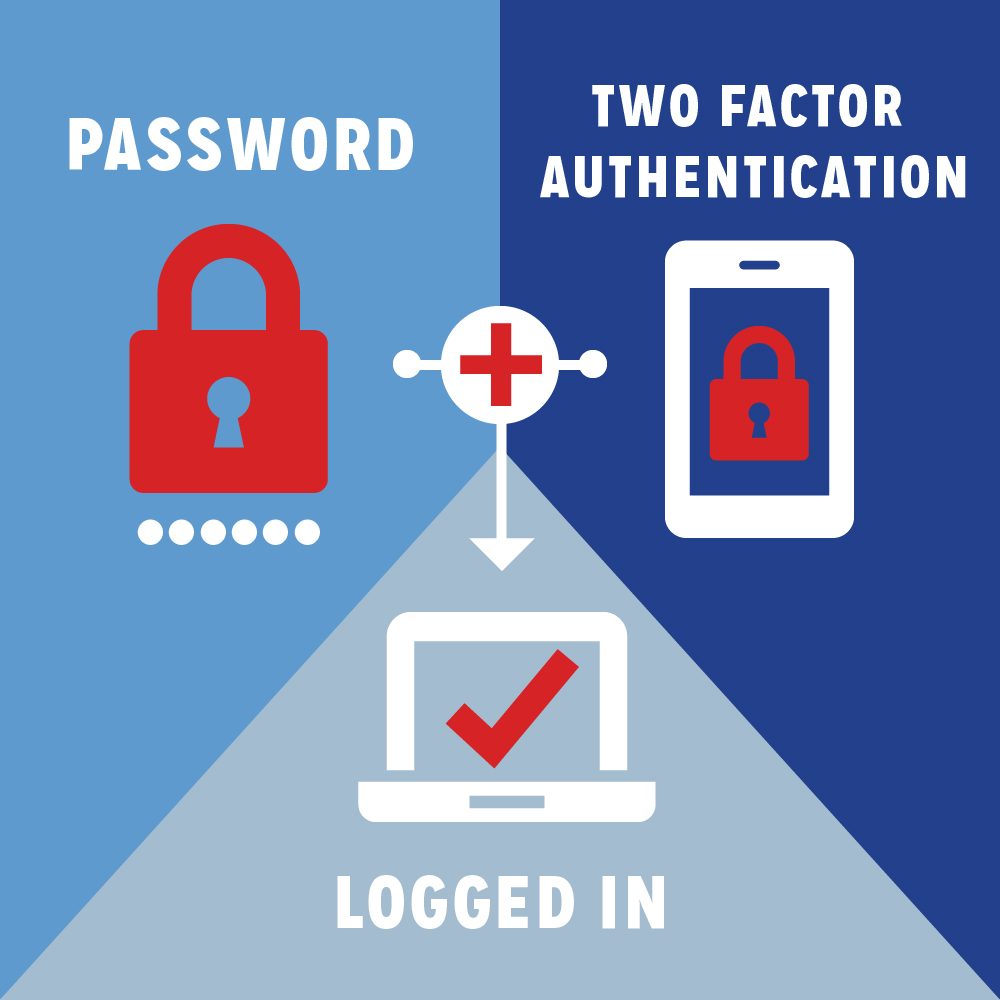When should you use two-factor authentication?
If a company or website offers the added security, Padinjaruveetil advises to use it. At AAA, for example, you can use two-factor authentication in the AAA Mobile app with your phone and either your facial pattern or fingerprint.
“It will give you peace of mind about protecting your digital identity and help prevent unauthorized access to critical financial and sensitive data,” he says.
How do you use two-factor authentication?
Although some companies, apps and websites require you to use two-factor authentication, many others offer it as an option—but you must turn it on. Each app or website differs on how to use it, but you typically turn it on when you first sign up or through “settings” or “security” links. Here are some examples from Google, Facebook and Instagram.
Is two-factor authentication foolproof?
Although two-factor authentication helps protect your privacy, it isn’t a guarantee.
“Nothing is perfect when it comes to security,” Padinjaruveetil says. “Factors can get lost or stolen. Don’t put 100% confidence in technology and artificial intelligence—always remember human intelligence is superior to machine intelligence.”

